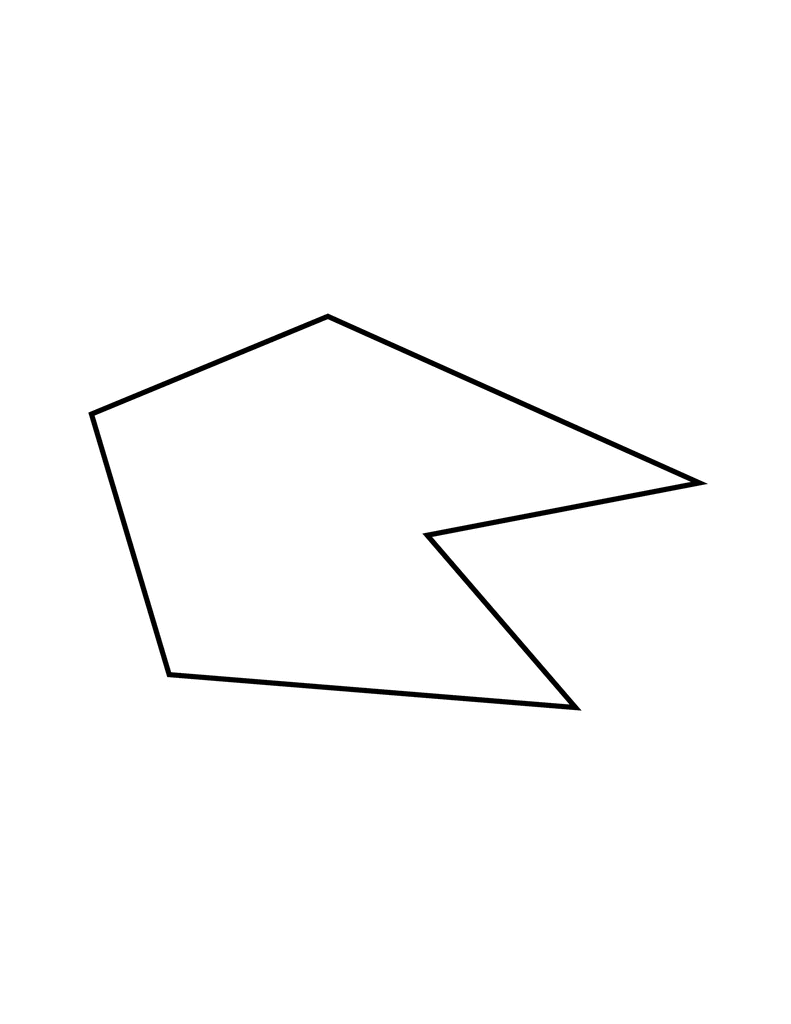Our morning began with DEAR (Drop Everything And Read) in response Read Across America Week. The importance of reading is well documented, but here is a graphic that sort of pushes this idea home:
Once we were back on a regular schedule, we moved on to our classes. This was a very choppy day in my classroom...
First, I introduced my students to the Global Blogging Challenge. Each year, I have my students join the challenge to encourage them to create and post a written assignment, post it to our
Today was about the writing assignment. Students are going to create an "I Am" poem using a format that I give to them. This will be due on Wednesday at which time we will prepare our writing to be posted to our blog. You may find my example at: I Am Tina
Second, we moved into defining some geometrical terms. I began with a formative assessment called "A&D Assessments." I found this in a book called Mathematics Formative Assessment by Page Keeley and Cheryl Rose Tobey. This is basically a "fact/fiction" statement. The students choose between (1) I agree, (2) I disagree, (3) It depends, and (4) I'm not sure. They are to justify their choice with their thoughts.
 It was very interesting to hear their misconceptions about plane figures. For example, most of the students did not believe that the irregular hexagon was a plane figure because it was not a "normal" shape. .
It was very interesting to hear their misconceptions about plane figures. For example, most of the students did not believe that the irregular hexagon was a plane figure because it was not a "normal" shape. . After our discussions, we took a few notes in our journal about plane figures. We determined that a plane figure is ANY closed, 2-d figure. Therefore the statement was true! All of the figures on the page were plane figures.....
Once again, after our discussion we returned to the desks and
Our next activity required that the students use their prior knowledge to list the critical attributes we use to name geometric figures.
- Number of sides
- Number of vertices
- Number and type of angles
right acute obtuse straight - Lines
parallel perpendicular intersecting congruent
Which polygon does not belong to the set?
Using the attributes, they began working in table groups to find the shape that was not part of the set. Here is an example of the thinking from one class as we combined our answers and process of solving the problem:
Lots of higher level thinking in class today!
Oh, but that was not all! We also needed to take our Week 19 Social Studies Test from last week. So, the last 30 minutes of classwas given to finally finishing up Social Studies ! Whew!
Oh, but that was not all! We also needed to take our Week 19 Social Studies Test from last week. So, the last 30 minutes of class





No comments:
Post a Comment